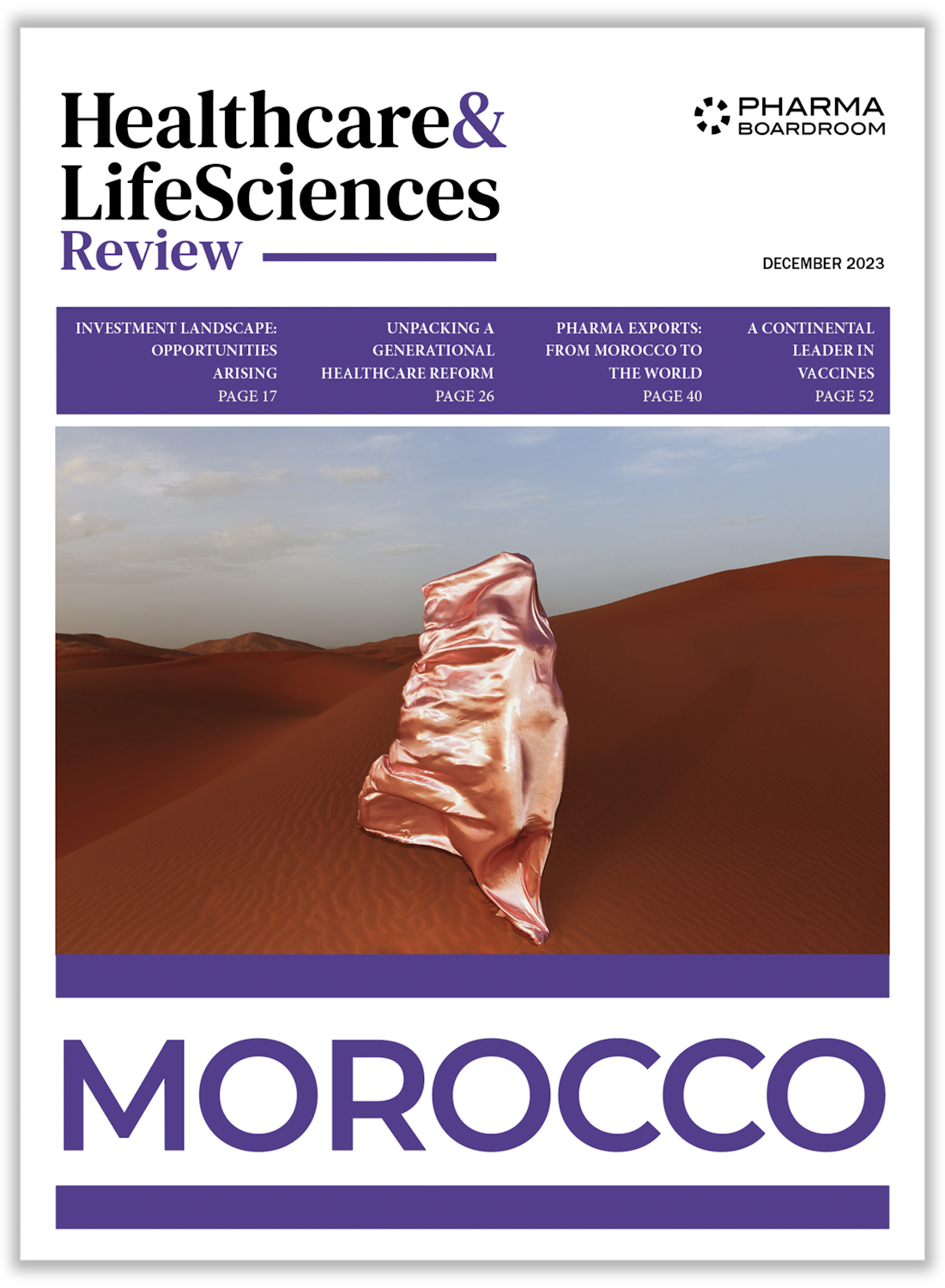UCB has transformed into a specialty care pharma which focuses on bringing solutions to patients suffering from severe chronic diseases. The vice president and region head for Americas discusses how the company re-entered key markets in the Latin American space to drive future growth, how the company’s three flagships products Cimzia®, Vimpat® and Neupro® are helping this transition and how UCB is developing solutions aimed at engaging patients and their caregivers.
You have been Head of Latin America from 2011 until 2014 and since April 2014 are also Head of North America for Established Brands Solutions and Supply. What have been some of the most important milestones for UCB in the region?
One of the major milestones in the last years was re-entering Brazil. We were not present as UCB in the country but through partners, so we established a joint venture with a local Brazilian company to re-enter the market as UCB. This was one of the biggest milestones. Another one was to re-enter what we call the Latina region, meaning all of South and Central America excluding Brazil and Mexico. Years ago we sold the established UCB business in the area, but we had the opportunity to re-enter this market through Cimzia®, Vimpat® and Neupro®, which are our three flagships products helping us for the transition from what UCB used to be to the biopharmaceutical company that it currently is. Lastly, in Mexico specifically, one of the bigger milestones had to do with transforming the business from a primary care focused one, into a specialty care business with solutions in Parkinson’s, Epilepsy, Rheumatoid Arthritis, Respiratory and Thromboprofilaxis.
Almost 80 percent of global sales at UCB come from mature markets, namely North America and Europe, while only 10 percent from emerging markets. What role does Latin America and Mexico play within the global strategy of the company?
It is true that the majority of the revenues come primarily from the US, Western Europe and Japan. When we look at this moving forward from a growth perspective, the US will still play a significant role in our revenue streams, followed by Japan, but will be followed closely by emerging markets such as China and Brazil. Not far behind in terms of growth percentage also the rest of the Latam region – Colombia and Argentina in particular – have started to pick. These areas will absolutely be our growth drivers in the future for our current solutions as well as for the pipeline products.
The beauty of the areas within the Latin American region is the agility and flexibility which allows us to innovate at a much faster rate than in more established ones. This is how UCB is looking at our region: A place where we can pilot new solutions and innovative schemes.
What are the therapeutic areas which drive most growth in Mexico and why?
In Mexico, we work in the four business areas mentioned before. The two areas which are experiencing the fastest growth are Immunology and Neurology. Epilepsy is a flagship franchise for UCB worldwide and we are leaders in this area, currently with two products and a third one coming soon. There are still significant unmet needs for people living with epilepsy in Mexico and we work diligently to help in this area.
According to a recent study, in Mexico 15 percent of the adult population suffers from any kind of mental illness, but only 3 percent is attended by a specialist. Why is this the case, and what is UCB doing to improve awareness about mental illnesses with patients and the medical community?
If we speak about epilepsy in particular, the treatment gap is very reflective of what you mentioned. There are a combination of factors that would make this the case: stigma, access to physicians and specialists, and access to adequate treatment. Many patients may end up going to their primary care provider without being properly diagnosed or referred to the right specialists. They do not receive the right treatment. Only recently epilepsy treatments became available through the national health insurance program Seguro Popular, and though the coverage is still not as extensive as desired, Mexico is slowly making progress in this aspect. Awareness is also low, which is something that we should all work on: what is and how to help patients living with epilepsy.
The growth for 2015-2020 is expected to come from the so-called CVN block, namely Cimzia®, Vimpat® and Neupro®, expected to reach USD 3.9 billion sales. How is the CVN portfolio positioned here in Mexico?
We have significant growth coming from CVN but also from other established and in-license brands in Mexico. There are three primary therapeutic areas that CVN address: rheumatology, where we have brought solutions to a significant proportion of patients in the private market in the last two years; epilepsy, with the rapid growth of the anti-epileptic drug Vimpat® as well as the continuous broader utilization of Keppra®, the number one brand currently in this market; and Parkinson’s’ disease, with Neupro®, which is one of two compounds in its class that can be used alone or in combination with Levodopa, both in earlier and later stages. Neupro utilization, the latest dopamine agonist introduced in Mexico, is already at the same level of utilization as other compounds in its category. It is one of the newest ones and has a novel mechanism for delivery through a patch—the only patch in its class. The transdermal delivery lends to a continuous delivery of the drug, very important for Parkinson’s disease patients to ensure symptoms control 24 hours.
UCB launched a number of programs in Mexico such as Club Kelat, Club VivEpilepsia and Club Abrázame, targeting patients and their families. What was the vision behind the creation of these programs?
This focus on patient solutions goes well beyond Mexico. What we are aiming for is more than patient-centricity; we want true patient engagement and to become the patient-preferred company. When we talk about patient engagement, we mean moving our caring for patients from our heart to our hands: We have to bring the solutions to life and make them happen. We are not there yet, but we are moving steadily towards this aim.
You have been with UCB for almost 10 years. What attracted you to the company and what keeps you motivated?
What attracted me to UCB when I joined was the opportunity to shape a company that was more a primary care focused company into a specialty care focused one. At the time, the newly acquired biologic pipeline gave us a platform for transformation; this was what truly attracted me: the opportunity to reshape UCB into a new type of company oriented towards chronic and severe diseases, and working with specialty care biologics, ensuring that we were bringing this new culture to the company. It is something that we have succeeded in doing over the last ten years, I think.
Now, what has kept me here are the patient focus of the company, its agility, the quality of people I work with and the constant challenges and opportunities. By challenges and opportunities I mean how we can better serve our patients, and how we can develop solutions that satisfy unmet needs.
To visit the company profile of UCB Mexico on PharmaBoardroom, click here.
To read more articles and interviews from Mexico, and to download the latest free report on the country, click here.







